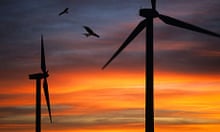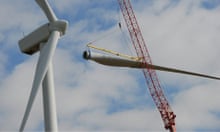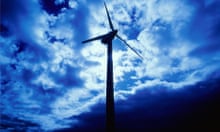Critics of wind energy often claim that the energy used to construct a wind turbine outweighs the energy produced during its lifetime in operation. This is not correct. An evidence review published in the journal Renewable Energy in 2010, which included data from 119 turbines across 50 sites going back 30 years, concluded that the average windfarm produces 20-25 times more energy during its operational life than was used to construct and install its turbines. It also found that the average "energy payback" of a turbine was 3-6 months.
A life-cycle analysis published in 2011 by Vestas, a Danish turbines manufacturer, of a 100MW onshore windfarm consisting of 33 3MW turbines concluded, unsurprisingly, that the siting of the turbines is crucial in maximising the energy return ratio. "Doubling the distance to the grid from 50 km to 100 km typically increases [negative]
impacts per kWh by 3-5%," it concluded. "If the wind plant operates in low-wind conditions then the [negative] impacts per kWh electricity produced increases by 23% compared to medium wind conditions."
But it stressed that the energy used to transport and install the turbines was "very insignificant".


